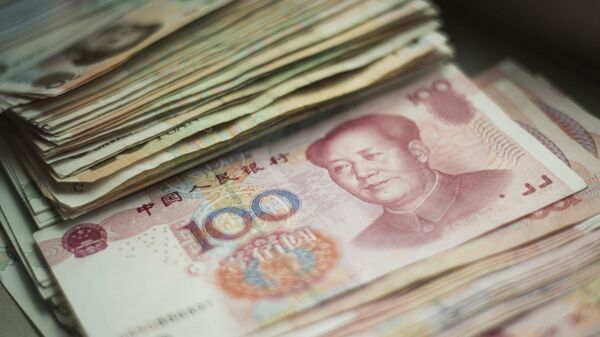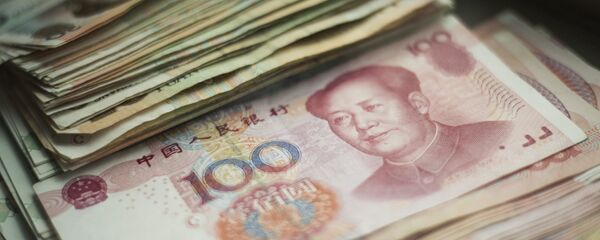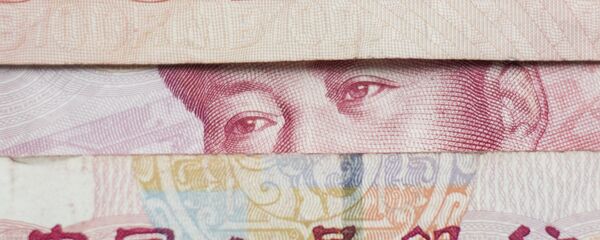So far, the leading debtor nation in the world is still the United States. At the end of 2016, the US national debt amounted to 19.9 trillion dollars. This sum is more than the entire world's reserves of currency, gold, and silver combined. It is also 25 times the cost of all the oil exported in the world per year. China is America's largest creditor. As of the end of November, China held US Treasury bonds in the amount of 1.15 trillion dollars.
That is why foreign central banks have decided to take advantage of this opportunity. There is confidence in Chinese financial stability — after all, this is the second largest economy in the world. The share of the yuan in the foreign exchange reserves of other countries increased on average from 1.07% in 2016 to 1.84% in 2018, according to Morgan Stanley. It is expected that by the end of the year non-residents will hold Chinese debt bonds worth $ 100 billion. Some countries are actively abandoning dollar securities in favour of the yuan. For example, the Central Bank of Russia, in order to diversify its assets and reduce its dependence on the dollar has increased the share of the yuan in gold reserves up to 5%, or 23 billion dollars. Thus, Russia's share accounts for just under half of the investment in Chinese national debt among foreign central banks at the moment.
For China, on the one hand, this is a positive development with the internationalisation of the yuan. But on the other, will China be able to pay its obligations if the national debt grows just as fast?
Chen Fengying, Director of the World Economy Institute of China's Institute of Contemporary International Relations, believes that there are no grounds to be worried. First, the Chinese national debt is not so great yet. And second, it is possible to follow the American method of using new debt obligations to service old ones. The main thing is that foreign investors have confidence in the stability of the financial system, the expert said.
"I believe there are no risks now. Our external debt level and debt service ratio are very low. Furthermore, foreign investors hold so-called flexible debt, that is, in the bond market. We have strong liquidity statement, low debt service ratios of the state and enterprises. Take, for example, the United States, as many countries hold their debt obligations but they do not worry about whether America will be able to service this debt. That is because the United States is returning old debts with the help of new debts, issuing new bonds to pay off old ones. Do not forget about the Chinese gold reserves, which are about $ 3 trillion, which, in principle, is enough for a developing country. Foreign investors have only begun to show interest in the Chinese debt market. So far there have been very few of them to acquire a share in Chinese capital. Mainly Chinese debt is held by Chinese residents and companies."
The most important thing is that borrowed funds go to the development of the real sector and not become speculative capital, the expert emphasized. The authorities of China are still actively engaged in improving the financial sector. Recently, the Central Bank of China updated the list of systemically important financial structures, which included 30 banks, 10 insurance companies, and 10 securities trading companies. These companies, which account for 75% of assets in the relevant sectors, will be able to rely on state assistance in the event of a crisis. But they will have to bring their activities in line with the special requirements of regulators in terms of capitalization, debt load, and liquidity.
All this, of course, instils investor confidence in the stability of the Chinese economy. Also, China is gradually expanding access to foreign capital, making the economy more open, Chen Fengying noted. This year, global sovereign funds and foreign central banks have invested $ 122 billion more in Chinese stocks and bonds than last year. Thus, the volume of portfolio equity flows in China for the first time caught up with direct foreign investment.






